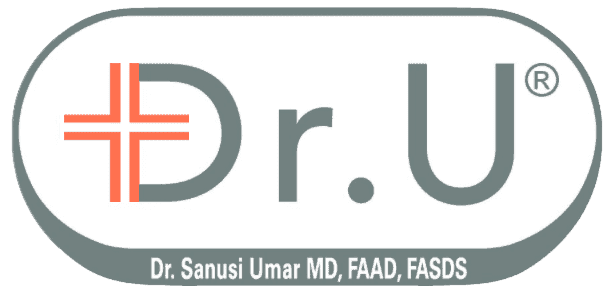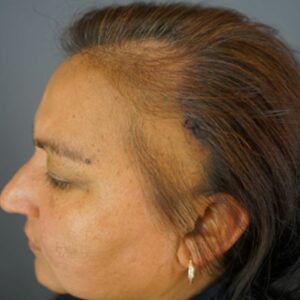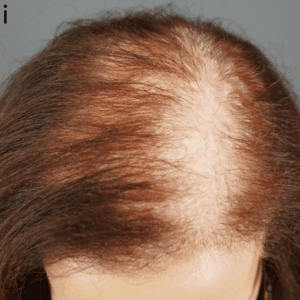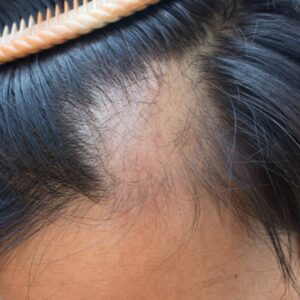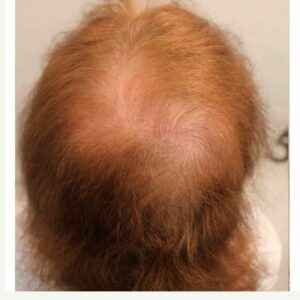Empathy & AKN Treatment: The significance of empathy, the awareness of how another person perceives or feels, is often underestimated. When there is a specific goal to be achieved, the role of empathy is often perceived as a secondary nice-to-have or considered entirely irrelevant. But here, at the Dr. U Hair and Skin Clinics here in Los Angeles, it has been a foremost factor that has guided our thinking processes and enabled us to produce the best treatment outcomes for our patients successfully. One example, in particular, is the application of a laser for resolving early-stage AKN (Acne Keloidalis Nuchae) lesions.
Article Update July 2022
For more information regarding Acne Keloidalis Nuchae (AKN), visit Dr. Umar’s alternate website, The Bumpinator.
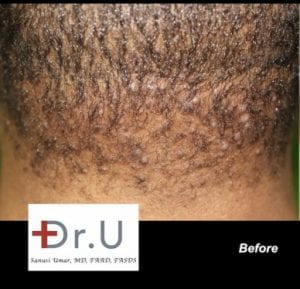
Rethinking the Status Quo of Existing AKN Laser Treatment Using Empathy
The initial manifestations of Acne Keloidalis Nuchae resemble small pimples, which in many cases can be treated with a laser to flatten them. Essentially, this process works by focusing the laser’s energy on permanently destroying the mechanisms of hair growth within the follicle.
In AKN, hair is the main trigger of the condition, causing surrounding skin tissue to become irritated and promoting excessive fibrotic healing. By using laser energy to remove the hair and destroy the region of the follicle, which produces new hair shafts, it is possible to stop the progression of AKN, causing the lesions to subside.
Overall, the common practice of using a laser to treat small Acne Keloidalis Nuchae bumps has focused on targeting just the lesions themselves. While this can help patients become free of the unwanted papules and nodules, it also leaves them with another cosmetic problem, a patchy-looking appearance on the back of the head. Having felt incredibly self-conscious about having a proliferation of small bumps in the nape area, they must face new concerns about others noticing empty bald regions in an area that would otherwise show a uniform density.
Accomplishing the primary job of doing away with the small AKN bumps is not enough. If you position yourself in the patient’s shoes, you will realize that more can be done to help them achieve a higher level of satisfaction.
The Challenges of Living Life with Acne Keloidalis Nuchae
From taking the time to speak to our AKN patients, we are deeply aware that their lesions are the source of an enormous amount of stress and embarrassment.
On a day-to-day basis, Acne Keloidalis Nuchae sufferers constantly worry about others noticing and staring at the bumps on the back of their heads.
They often withdraw socially, preferring to spend much of their time alone, and even going to the barber, like everyone else, is something they would rather avoid. Some choose to wear their hair longer and give themselves haircuts.
Yet, since most men prefer wearing their hair conservatively short, these individuals start to compare themselves less favorably. Seeing themselves as less attractive than others, they start to develop lower self-esteem and confidence.
It became evident that more could and should be done to improve the final results typically achieved with laser.
We realized that it was not enough to flatten the bump lesions. It was essential to help our patients regain an everyday life and forget about their AKN condition. They could go through life, like everyone else, without worrying about what the back of their head looked like.
Critical New Thinking – Asking the Right Questions To Improve Laser Treatment Results for AKN Patients
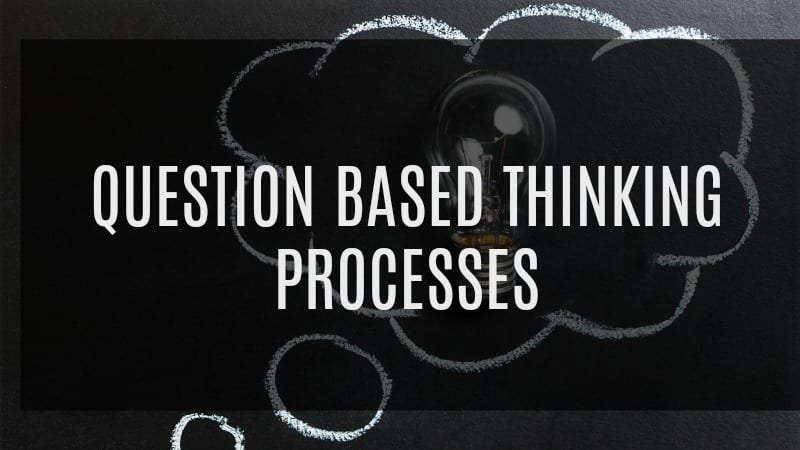
In our drive to improve the quality of life for our Acne Keloidalis Nuchae patients, we identified a set of critical questions to guide our process for creating better treatment outcomes.
- What types of initial stage bumps can be expected to be treated successfully through a laser?
- What type of laser would produce the most effective results for qualified patients?
- How can laser be applied differently to prevent the patchy outcomes commonly seen in patients and avoid the risk of lesion recurrence?
Defining the Types of Early Stage AKN Bumps That Can Be Treated with Laser
Not all tiny AKN bumps automatically qualify for successful treatment with laser.
It has been shared that patients still have lesional bumps following their laser treatment. This forced us to ask ourselves what types of bumps are, in fact, eligible for this type of intervention.
We have found that the vertical height (from the skin’s surface) should be no greater than 2mm. Taller lesions would limit the ability of the laser energy to reach the bottom of the follicle where hair production occurs.
What Laser Type Would Give the Best Results for AKN Patients?
As noted earlier, the tissue penetration depth is a critical factor. The laser energy must be able to penetrate vertically downward through the individual bump and continue to reach the bottom of the hair follicle.
We consider the Nd: YAG laser an ideal choice since it can reach a depth of 7mm. Hence, it would penetrate the 2mm lesion above the skin’s surface and 5mm below the average length of most hair follicles.
How Should Laser for Acne Keloidalis Nuchae Be Applied to Avoid patchiness on the Back of the Head – Introducing the Concept of Treatment Zones
Rather than applying the laser strictly to each AKN bump, we developed the novel concept of treating entire regions. We outlined specific treatment zones based on the severity of AKN spread.
In the most common patient cases, the lesions reside as a cluster in the lower part of the scalp. Based on our concept of treatment zones, the laser would be applied to all hair follicles within these confines, not just the ones giving rise to actual bumps.
This approach produces a clearly defined hairline above a bare nape where the bumps have been eradicated. Rather than being left with patchiness, patients can have a normal-looking, solid hair region intact.
Although the posterior hairline is now raised, the back of the head appears natural, not unusual enough for others to stare at or even notice.
Besides helping patients achieve better cosmetic outcomes, treating the entire zone by targeting all the follicles within its borders prevents new lesions from developing.
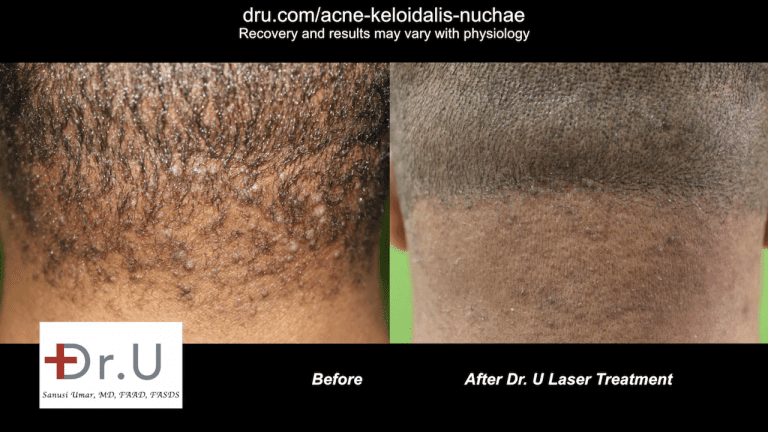
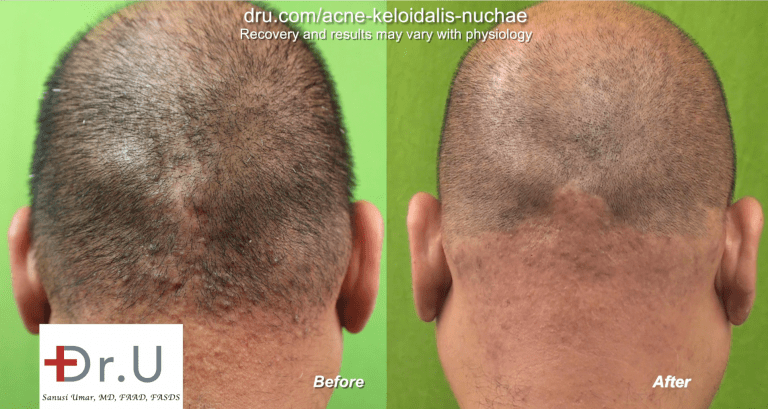
A Study on How Empathy Improves Thinking Processes
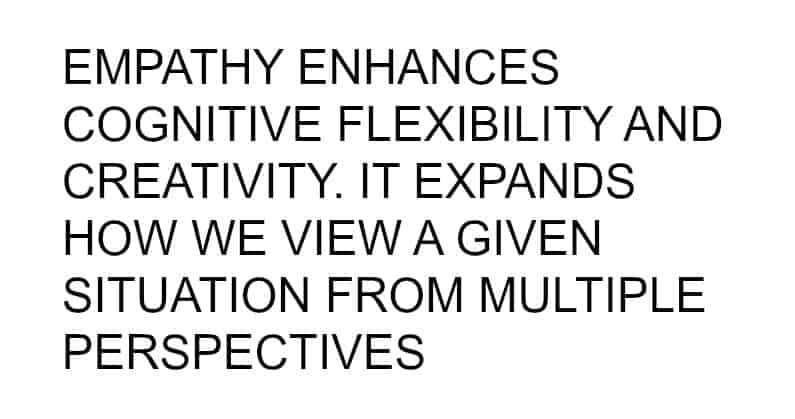
Two hundred participants took part in the research. Each was given the challenge of creating concepts for a potato chip brand created specifically for women who were pregnant.
Half the subjects were given questions to answer. And the other half was instructed to come up with their answers by imagining how these women felt.
The group that assumed an empathetic positioning produced more innovative and creative ideas than the non-empathetic group. According to the researchers, empathy enhances cognitive flexibility and creativity by broadening a person’s perspective on a given situational context.
Empathy-Based Product and Service Development in the Commercial World

We certainly believe that the role of empathy is essential for fully understanding the broader context of a product or service within the lives of real people.
Within the more significant commercial market, the role of empathy seems to be assuming a far more centralized role, particularly in recent years.
According to Harvard Business Review, “The discipline of product management is shifting from an external focus on technology to an empathetic focus on people.” One article also noted, “For Any Product to be Successful, Empathy is Key.”
There is now an actual discipline called Empathetic Design, conducted by observing consumers and identifying their feelings instead of simply collecting the answers to market research questionnaires. The issue with the more conventional approach is that biases and false information may be provided. Higher valued products can be developed by prioritizing empathy and consumers’ feelings.
Beyond treating Acne Keloidalis Nuchae, we can find many examples where empathy has led to a product or service that has enormously impacted customers’ lives. There is now an Empathy Index that rates companies based on these criteria. Examples of companies that have made the top ten include Facebook, Linked In, Netflix, and Whole Foods Market.
Empathy is no longer regarded as just a frivolous, secondary consideration, taking a backseat to the bottom line or the ultimate objective. It is now a critical factor for building a more connected world, meeting the basic human need we all share of wanting to feel understood.
At our clinic, we stand by this principle and will continue to be driven by empathy to make efforts toward better outcomes for the people who count on us for help.
To ask Dr. U a question, please click the button below.
Frequently Asked Questions
How has empathy played a role in developing patient treatment approaches for other types of Acne Keloidalis Nuchae lesions at the Dr.U Hair and Skin Clinics?
Besides our laser approach for treating small-sized bumps, we have also developed new approaches for better cosmetic outcomes after the surgical removal of fused/ coalesced lesions. This includes manifestations in the upper nuchal area and much larger-sized lesions in the lower nuchal region. Our specialization for both cases leaves patients with less noticeable scarring, which is highly discrete, either camouflaged by the patient’s hair or aligned with the posterior hairline.
As Dr. U has been recognized for his advancements in hair transplantation, what are some ways that empathy has played a role in these developments?
Dr.U himself has personally experienced the aftermath of botched hair transplant results. This led him to investigate more deeply into the specific causes that prevent grafts from surviving and producing desired forms of growth for patients. The insights from these inquiries formed the basis for Dr. UGraft™’s technology.
The collective set of features has been engineered to overcome the foremost challenges contributing to graft transection and non-survival. Additionally, Dr.UGraft makes it possible for donor-depleted cases (e.g., severe baldness, hair transplant repair, and young patients headed towards Norwood 6-7 baldness) to benefit from expanded graft supplies due to the technology’s ability to harvest hair follicles from anywhere on the body safely.
Furthermore, as an individual of African descent, Dr.U has also utilized an empathetic, problem-solving approach to build his Dr.UGraft™ extraction technology around the specific needs of black patients, adjusting for different skin thickness levels to minimize transaction rates. Thus, all patients of African origin can confidently anticipate the growth they had planned for.
How is empathy used in cosmetic skin treatments offered at the Dr.U Hair and Skin Clinics?
Dr.U knows that most patients hope to achieve the most natural-looking results possible. Rather than simply relying on standard protocols, he starts with a clear understanding of the patient’s vision and creates personalized approaches to achieve them. Dr. U’s before and after patient videos ( for procedures such as skin resurfacing, age spot removal, lip augmentation, Botox, non-surgical nose enhancements, and more ) depict outcomes where the use of cosmetic procedures cannot be detected.
Further Reading
References
- “The Power of Empathy in Product Development.” UConn Today, 28 May 2019, today.uconn.edu/2019/05/power-empathy-product-development/. Accessed 29 July 2022.
- —. “Empathic Design.” Wikipedia, Wikimedia Foundation, 15 June 2019, en.wikipedia.org/wiki/Empathic_design.
